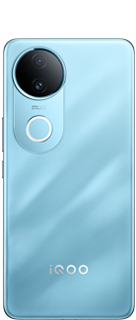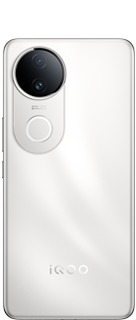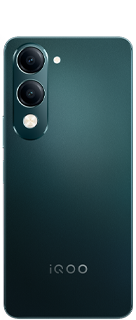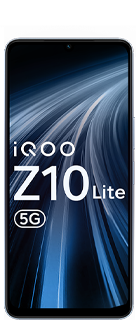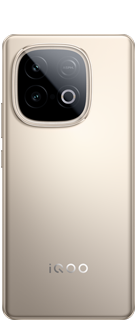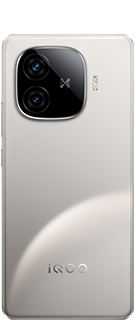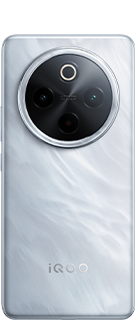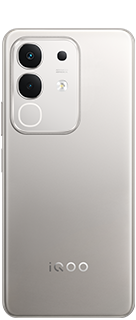What are silicon-carbon batteries and why are they a big deal for smartphones?

Smartphones today can do nearly everything. You can use it to click professional-grade photos, stream 4K video, play games, and more. However, their batteries often struggle to keep up.
Manufacturers have been pushing the limits of lithium-ion technology for years, but a new type of battery promises to change that equation.
Silicon-carbon batteries, already appearing in some flagship phones, offer a step forward in energy storage.
By replacing the graphite in traditional batteries with a silicon-carbon composite, these next-generation cells deliver more power in a smaller package, support faster charging, and could help make ultraslim and foldable devices more practical.
This guide explains the tech behind silicon-carbon batteries and why they are said to be one of the most significant battery breakthroughs in years for the mobile industry.
The limitations of lithium-ion batteries

Today's lithium-ion batteries rely on graphite anodes to store energy. Graphite is stable and relatively inexpensive, but it has a limited capacity for lithium ions.
As a result, phone makers have had to balance battery size with device weight and thickness, often compromising endurance for sleeker designs.
That trade-off is becoming harder to manage as consumers demand thinner devices and longer battery life.
How silicon-carbon batteries are a game-changer

Pure silicon has a high theoretical specific capacity of approximately 4,200mAh/g. That is more than ten times the capacity of graphite (372mAh/g).
However, that extra storage comes at a cost. Silicon can swell by around 300%, leading to cracking, electrical instability, and premature battery failure.
To combat this problem, silicon is blended with carbon to form a more resilient structure.
At its core, silicon-carbon (Si/C) batteries remain lithium-ion cells. But what changes is the anode material. Instead of pure graphite, the anode is a composite of silicon and carbon.
This hybrid boosts energy storage while aiming to control silicon's notorious expansion during charging.
It reduces expansion to about three times that of graphite-only cells, which is significantly more manageable within today's smartphone bodies.
Are silicon-carbon batteries better than lithium-ion?

When compared to graphite, silicon can store up to 10 times more lithium ions.
In real-world terms, Si/C anodes can increase energy density, allowing smartphone makers to pack more power into the same space. They can also slim down devices without sacrificing battery life.
Such batteries support faster charging, thanks to improved conductivity, and perform better at low temperatures.
Foldables and other compact designs are perhaps the biggest beneficiaries of Si/C batteries.
Higher-density batteries allow these devices to achieve all-day battery life without requiring thicker or heavier builds.
Early adopters of silicon-carbon batteries for phones

The first smartphone to feature Si/C batteries was the Honor Magic 5 Pro. However, the Si/C anode was limited to the Chinese version.
Its successor, the Honor Magic 6 Pro, saw an international launch with a Si/C battery. First released in China in 2024, the device sports a 5,600mAh unit.
It was larger than most competitors at the time, without adding significant thickness or weight.
Companies like OnePlus, Oppo, Xiaomi, and Realme have also adopted Si/C battery technology for some of their phones.
The OnePlus 13, for instance, features a 6,000mAh Si/C battery. It supports 100W fast charging, going from 0% to 100% in about 30 minutes.
Foldable devices benefit even more from the new battery tech. Honor's Magic V5, one of the thinnest foldables to date, uses a Si/C battery to maintain battery life while slimming down the chassis.
Silicon-carbon batteries are not a perfect solution
While the technology looks promising, Si/C batteries are not a perfect solution. Silicon-carbon anodes are costlier to produce than graphite, which may increase device prices.
Another concern is long-term durability. Although engineers have reduced the swelling problem, silicon still expands more than graphite, which could affect battery lifespan over several years of daily use.
Scaling production to meet global demand is also a significant hurdle. Current manufacturing lines are optimized for graphite, and retooling them for silicon-carbon composites takes time and investment.
Battery anxiety could finally be a thing of the past
For smartphone users, Si/C batteries mean devices that last longer, charge faster, and feel slimmer in the hand.
As for manufacturers, they provide a much-needed boost in energy density at a time when innovation in cameras, displays, and processors is placing increasing demands on battery performance.
If costs fall and production ramps up, Si/C could become the standard for flagship phones within the next two to three years. Until then, it remains a standout feature on a select few devices.
Source: Android Police
Quester
Please sign in
Login and share
